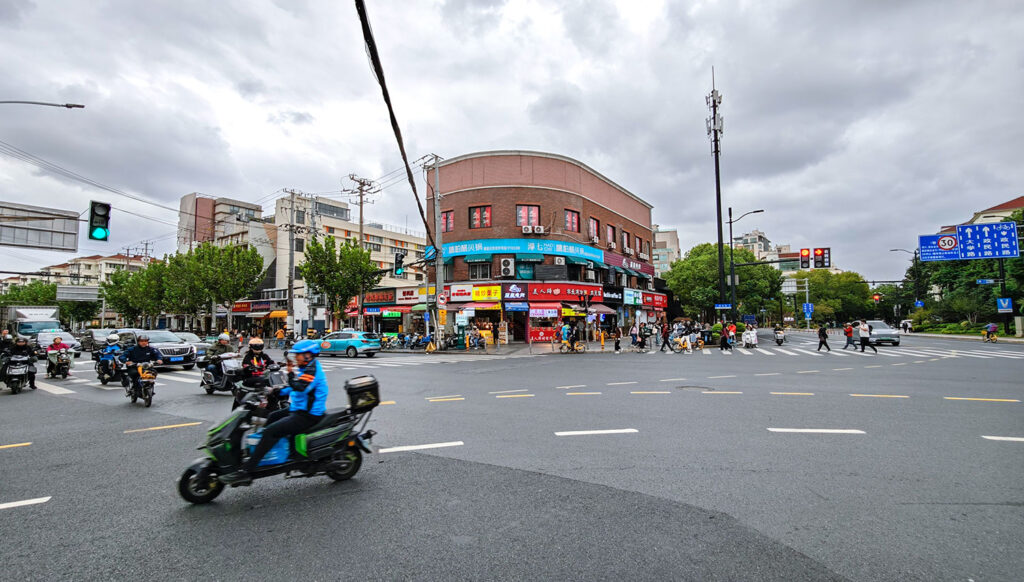Dutch train travel is fantastic. It’s affordable, pretty much always on time (despite what the naysayers say), and it has nearly four hundred stations in our tiny country. Here are just three simple suggestions that can make it even better.
1) Make the screens of entrance gates flicker when you swipe your card
During rush hour, the lines at the entrance gates flood, and you feel pressured into swiping your card fast and moving on. This is OK. But with eight gates in a row all constantly ‘beeping’ at accepting cards, it’s difficult to hear whether the ‘beep’ is coming from your gate, or the one next to you. If the person ahead of you uses the same card as you, you can’t really see if you’ve swiped your card, because the screen will keep on displaying the same message (e.g. “NS Business-card” without credit shown). This in turn causes people to hesitate: ‘Did I swipe it?’, which causes stress and delay. It’s minor, but it’s just flawed design that is used towards a million commuters each day. The poles at the platforms at other stations do flicker at swipe, but these are being replaced by the gates that don’t.
2) Minimise length of intercom broadcasts
It’s nice that train operator can speak five languages, but it’s annoying when the operator intercoms in Dutch that the next station is Schiphol and the next stations are X and Y and Z, and then repeats this in English, German, French and Spanish — only to do a final reminder in all languages again. You’re stuck with a two minute ‘radio commercial’ at every station along the line. Considering it’s unlikely that the train carries German, French or Spanish tourists who don’t understand the words ‘Next station is Schiphol Airport’ and that they cannot read the screens inside the train, this whole broadcast is not only annoying, but also redundant.
3) Scrap the silence areas
As long as people still enter silence areas saying to their friends: “Oh it’s a silence coupe, but c’mon let’s cheer up a bit, we can talk here, people don’t mind, right?!”, then it clearly doesn’t work. People just don’t address each other’s behaviour, afraid for a ‘mind your own business’ or aggression. Let’s just see silence areas as a failed experiment. Many people don’t notice silence areas (this group includes many foreigners), but from those that do, many just don’t care. Moreover, with these people talking among a majority of silent people, it only becomes more difficult to let’s say read a book, because the voices aren’t drowned in the usual background noise of a coupe, and thus stand out much more. This is on top of the initial annoyance that people are talking in these areas when clearly you shouldn’t, and that your expectation of a silence area being silent is rarely justified. Conventional areas don’t carry these disadvantages.



